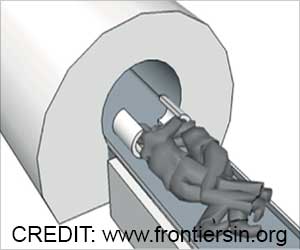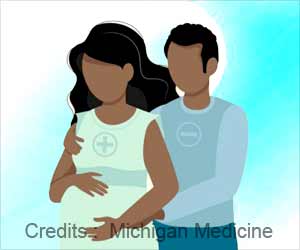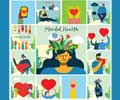Distressed couples can benefit a lot from empirically supported programs and services, as solving problems on your own might not work for everyone.

‘Distressed couples can benefit a lot from empirically supported programs and services, as solving problems on your own might not work for everyone.’





”Given the ways couple dynamics affect individuals, any children, and the broader community, knowing how to support couples experiencing distress is a key area of interest for researchers, practitioners, and policy makers,” explains Allen Barton, assistant professor in the Department of Human Development and Family Studies at the University of Illinois, and lead author on the study.“This research aims to provide insights into the dynamics and trajectories of distressed couples. We wanted to see if these relationships continued to deteriorate, remained the same, or started to improve on their own.”
The study, published in Family Process, included a nationwide sample of 221 couples assigned to the waitlist control condition of a study evaluating the effects of participating in an online program to strengthen couple relationship. During the six-month waitlist period, couples agreed not to seek other forms of relationship assistance, but would receive the online program once the waitlist period had ended.
All participants were below 200% of the poverty level; that is, lower-income couples who historically have limited access to professional services for relationship assistance.
Barton and his co-authors followed these couples over the six-month waiting period, analyzing five waves of data to track changes over time.
Advertisement
However, these changes were typically small, and overall levels of distress for most couples in the sample remained elevated. There was also considerable variation between couples during the six-month period.
Advertisement
The researchers plan to investigate further how and why some couples improve on their own.
“For those couples who actually improved during this time, if we can find out what makes them resilient, we can use that knowledge to help other couples develop similar skills and capacities,” Barton notes.
For some couples, it’s possible the process of deciding to do something to improve their relationship can help put things on a positive trajectory, he adds. Participation in this online program required both partners to sign up; thus, simply talking and agreeing to seek help might be part of the catalyst for change in the relationship.
Ultimately, Barton recommends distressed couples seek assistance to improve their relationship.
“If you are in a relationship and realize things aren’t going well, our findings seem to indicate that you shouldn’t expect your relationship to rebound and get much better on its own. Things may improve slightly, but only for some couples and not very much. Most, if not all, distressed couples can benefit from empirically supported programming and services,” he says.
For the research community, the findings also underscore the importance of having a control condition in studies of distressed couples, Barton states. Including a sample of people who have not yet received the intervention allows researchers to compare any naturally occurring improvements with the results for those who do receive intervention.
Barton notes these findings provide important information about the nature of distressed couple relationships throughout the country.
“Our study includes a large national sample of couples seeking online help for their relationship. This means we could get a sense of patterns over time, as well as the variability and the amount of change, in this population” he states. “We believe our findings are pretty representative of the state of distressed couples across America who are looking to get some help for their relationship.”
Many options are available for people seeking relationship assistance. In Illinois, interested couples can sign up for the Illinois Strong Couples project, an online, research-based program Barton directs. It is available free of charge for qualifying Illinois residents, and efforts are under way to make this program available to couples in other states.
The University of Illinois Family Resiliency Center also provides Building Blocks of Resilience, a series of resources created to assist families with handling everyday challenges, including ways to build a more resilient couple relationship.
The Department of Human Development and Family Studies and the Family Resiliency Center are in the College of Agricultural, Consumer and Environmental Sciences, University of Illinois.
The paper, “Trajectories of relationship and individual functioning among waitlisted couples for an online relationship intervention,” is published in Family Process.
Authors include Allen Barton; Justin Lavner, University of Georgia; Matthew Hawrilenko, University of Washington School of Medicine; and Brian Doss, University of Miami.
This research was supported by the U.S. Department of Health and Human Services, Administration for Children and Families, Award Number 90FM0063.
Source-Eurekalert











